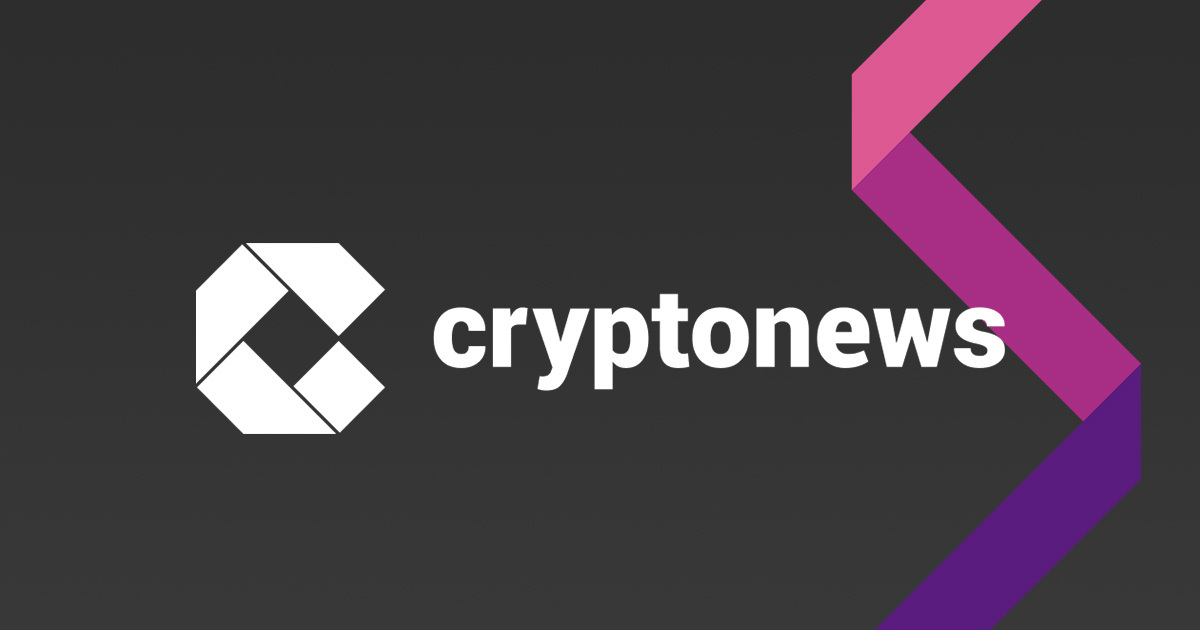ECB Approves Two-Track Plan to Use Central Bank Money for DLT Transactions
The European Central Bank (ECB) Governing Council, on Tuesday, approved a two-track plan that will utilise central bank money for distributed ledger technology (DLT) transactions.
The first short-term track approach, dubbed “Pontes”, will connect DLT platforms with Eurosystem TARGET services, to be launched by 2026. The track will ensure the free flow of cash, securities and collateral across Europe.
Meanwhile, before the launch of the Pontes pilot in Q3 2026, the ECB will consider DLT-based trial and experiment requests.
Piero Cipollone, Member of the Executive Board of the ECB, believes that although DLT and tokenization are relatively nascent, they “are likely to offer new ways of improving the settlement of financial transactions.”
“The decision is in line with the Eurosystem’s commitment to supporting innovation without compromising on safety and efficiency in financial market infrastructures,” the release read.
Long-Term ‘Global Level’ Approach
The ECB has laid out its long-term track plan, “Appia,” which will facilitate operations at the global level. The bank noted that this approach will analyse more DLT-based solutions and collaborate with public and private stakeholders.
“This will also include international operations, such as foreign exchange settlement, and engagement in international initiatives,” the ECB noted in a report outlining the results of the exploratory work.
The ECB is yet to define the precise approach to be followed in the long-term, it added. However, the central bank will focus on “improving the efficiency and competitiveness of current financial markets for securities and payments, without compromising on safety.”
ECB Aims to Finish Digital Euro Prep Phase by October
Cipollone said last year that the bank is looking to finish the preparation phase of the digital euro by October 2025.
However, lawmakers are hesitant to trust the central bank, raising doubts about whether a digital euro could debut. The ambiguity came after an outage that occurred with the TARGET 2 (T2) payment system early this year. Big transactions are held in the T2 payment platform.
The bank already conducted exploratory work on new techs like DLT between May and November 2024. During the trial, 64 participants conducted over 50 experiments.
Piero Cipollone added that Pontes and Appia approaches will be built on these technologies, given their recent developments and how they have sparked growing interest across the financial sector.
You May Also Like

Solana captures 95% of tokenized stock trading volume in massive DeFi pivot

PA Illustration | Overview of US cryptocurrency-related legislation: Main bill contents and latest developments
